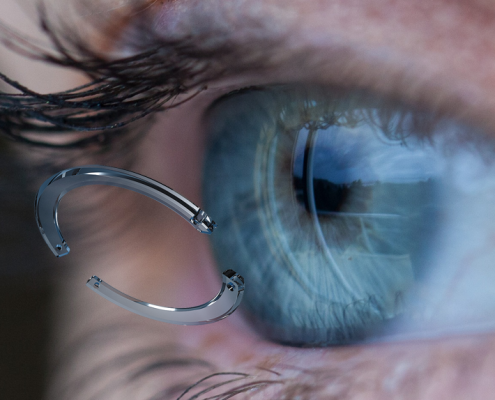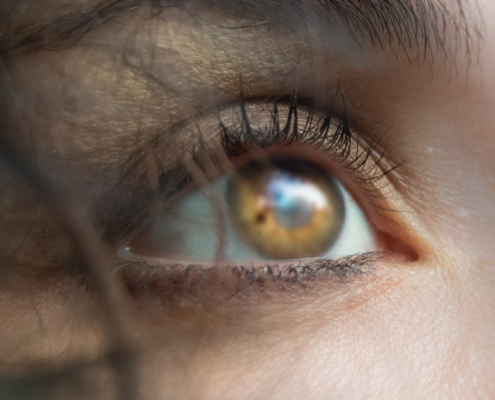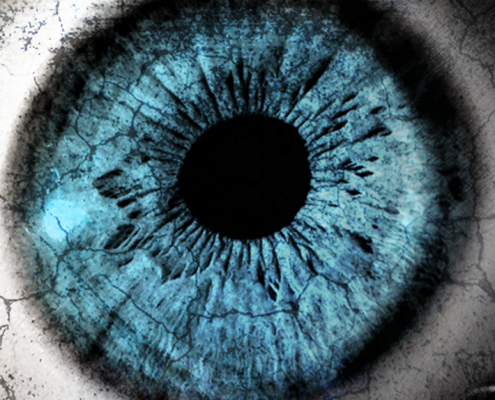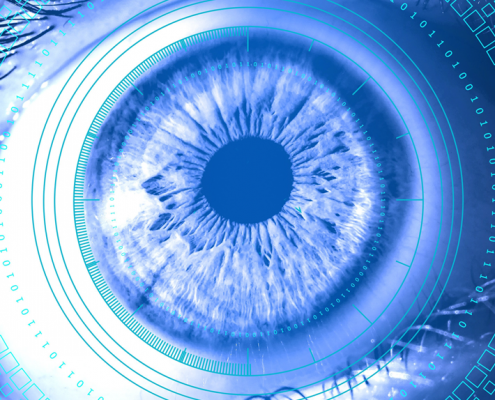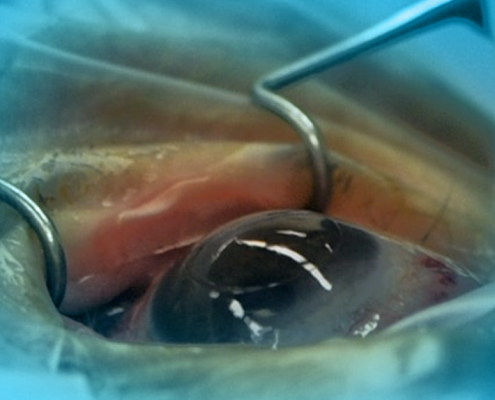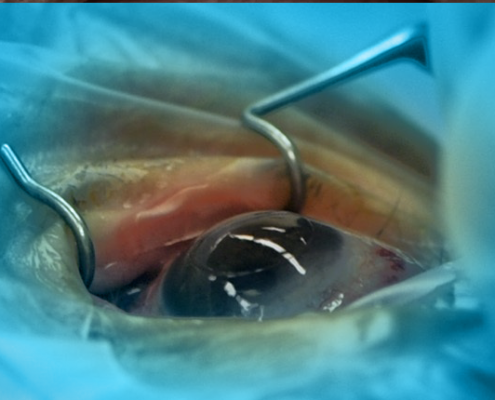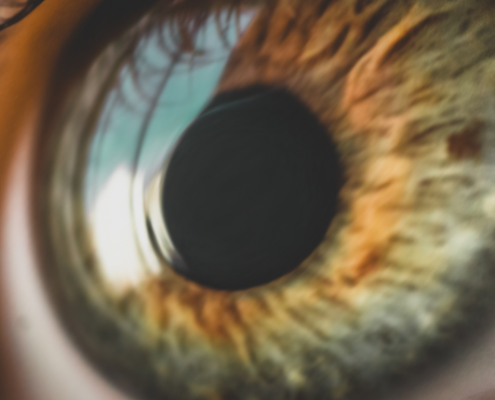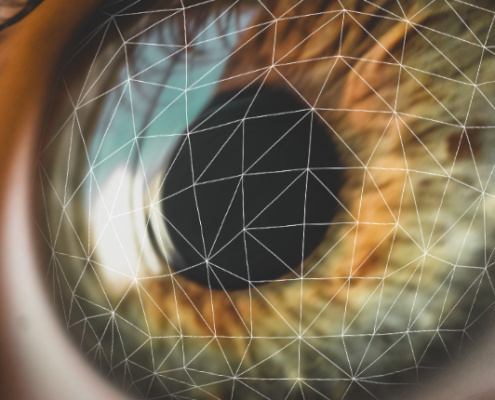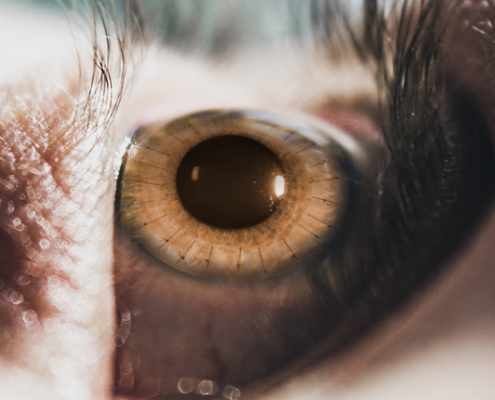Recognizing the Signs of Keratoconus
There’s no question how important your cornea is. As your eye’s outer lens, it’s your window to the world. Made of proteins and cells, it bends the light that enters your eye and allows you to see clearly. When the cornea thins and forms a conical bulge, your vision is noticeably altered and blurred. This condition is known as keratoconus.
Our highly skilled and respected team at VIP Laser Eye Center has treated many patients with keratoconus and given them their clear vision back. Dr. Clifford Salinger, and Dr. Paul Rosenblum offer advanced treatments for keratoconus, and Dr. Salinger specializes in corneal care. Learn more below about keratoconus, including the signs, risk factors, and how we can help.
How does keratoconus develop? What are the risk factors?
There are certain things that are mystifying about keratoconus, but we do know that it’s a progressive condition, and typically affects both eyes.
Your risk for developing keratoconus and speeding its progression increase if you habitually rub your eyes roughly, and you’re likelier to be affected if you have certain other health conditions, such as Down syndrome, asthma, and retinitis pigmentosa, a condition that affects night vision and peripheral vision in particular, as well as any disorder that inhibits collagen production. A genetic component is suspected in some cases.
What symptoms should I watch out for?
There are a host of symptoms that accompany most keratoconus sufferers, including:
- Distorted vision
- Blurred vision
- The urge to rub your eyes too hard and too much
- Sensitivity to light
- Increased vulnerability to glare
- Red eyes
- Swollen eyes
In addition to these symptoms, which are uncomfortable and inhibit clear vision, you might also notice that you start to see halos where you didn’t before, and you begin to need more frequent changes in your eyeglass or contact lens prescriptions.
Being cognizant of what feelings and visual symptoms indicate keratoconus means that you can report them to your ophthalmologist sooner, before the condition advances.
Are there treatments that can help?
We’re happy to tell you there are. Your ophthalmologist first considers how advanced your keratoconus is before they recommend treatment.
Corrective lenses
If you’re in the early stage of keratoconus, your doctor will likely recommend corrective soft contact lenses or glasses to correct your vision, though if the disease progresses, prescription eyewear quickly becomes out-of-date.
After some progression, another option is specially fitted rigid, gas-permeable contact lenses, or you might receive scleral lenses, which are also rigid and large enough to fit over your entire cornea.
Collagen cross-linking
An innovative FDA-approved treatment that’s effective for each stage of the condition, but especially ideal for early-stage keratoconus, is collagen cross-linking. It halts disease progression by combining multiple applications of specially formulated and riboflavin-rich (Vitamin B2) eye drops with ultraviolet (UV) light treatment. The UV light strengthens your cornea, which prevents a worsening of the bulging.
Collagen is a vital protein that forms connective tissue throughout your body, and the procedure gets its name from the fact that your eye’s collagen fibers become more robust during the procedure and fortify your cornea to ensure its stability. Remember, this treatment can’t reverse keratoconus, but it can stop it in its tracks.
Cross-linking is minimally invasive, done in the doctor’s office rather than the hospital, and is brief, lasting up to half an hour.
Intracorneal ring segments (intacs)
Intacs are plastic rings that your ophthalmologist places in your cornea with the help of laser technology. The rings normalize the shape of your cornea, and if your keratoconus isn’t too advanced, your vision afterward may be better (with or without glasses), or you might be able to use contact lenses when you hadn’t been able to previously.
Corneal transplant surgery
If your keratoconus is severe, this surgical solution may be your best choice. If your ophthalmologist recommends it, they go over the details of the procedure and answer all your questions. Amazingly, during a corneal transplant, your surgeon replaces your diseased cornea with that of a donor.
It’s the most successful type of organ transplantation performed, and our team is expert at it. There are several types of corneal transplant surgeries we offer, and your ophthalmologist discusses which one will give you the best vision.
In most instances, you receive local anesthesia and feel no discomfort during the transplant, which takes up to two hours. After surgery, you wear a protective eye patch and you may be instructed to lay flat for a period of time or use special drops as you heal. Your surgeon explains what your specific follow-up care will be, depending on which type of transplant you receive.
Keratoconus doesn’t have to mean you’ll never see well again. Call the VIP Laser Eye Center that’s most convenient to you to schedule a consultation.


